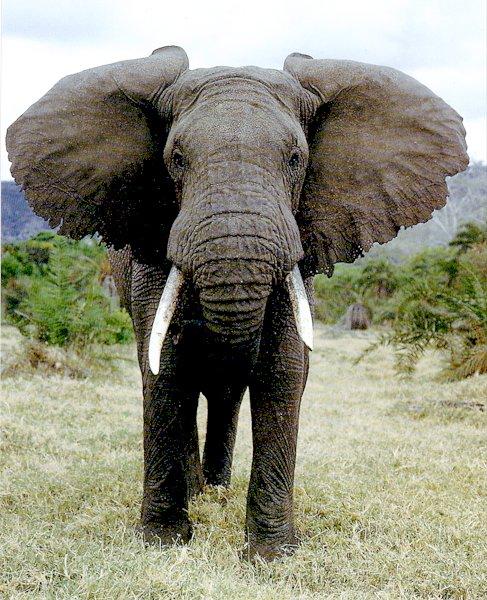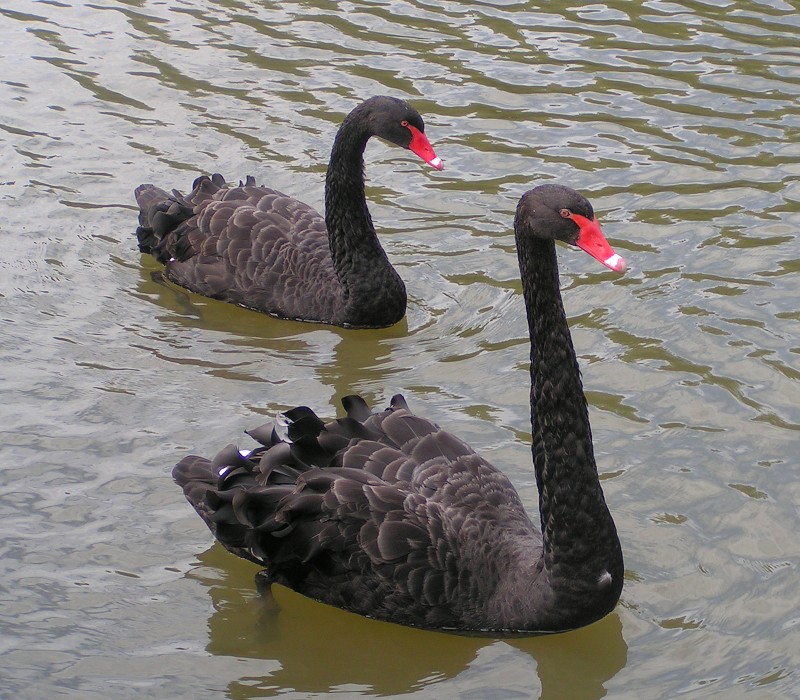The spitting cobra, namely the one we are looking at is the Mozambique Spitting Cobra. Some interesting facts before we go off further about its unique behaviour which I wish to highlight, known as Naja mossambica, the spitting cobra is revered throughout the globe, despite its small size. It can spit up to 2-3 metres, and it can cause much damage, blinding one or causing severe tissue dislocation. It is a neurotoxin and is a handy ‘weapon’ God has designed for this animal.
Whilst I can assertively say that this is not a learnt behaviour, as they are born with venom glands which are designed different from the others of normal cobras, there are distinct behaviours how these Spitting Snakes turn to their biological build to react to the surroundings and happenings around them.
The spitting cobra is usually more ‘angsty’ and easily agitated than the normal reptiles. As we know, snakes are general docile creatures. They usually do not pick a fight unless they are provoked, intentionally or unintentionally. The spitting cobra is similar. However, my own research tells me that they are generally more fiesty than the rest. Having known that their venom is ‘catered’ and ‘designed’ to spit rather than ‘bite’, it is probably instinctive that they will strike earlier than the normal snakes when they get a chance to.
The spitting is generally a defensive mechanism. The spit can go up to 10 miles/hour, faster than any imminent predator can react from. Living in the open plains, the cobras have very little place to hide and shun from their enemies, namely birds of prey or even larger snakes. With extreme accuracy to the eyes of the predator, the small snake can fend itself from predators more powerful than itself.
It does not, however usually hunt with its spit. Whilst the spit can fight off the predators, the slick agile movements of the spitting cobra is still a priceless attribute when it comes to hunting down from food. The snake hunts as it would hunt like any other ‘common’ snake we see.
This snake, in my opinion, is a beauty. A small fellow fending for himself with a unique gift, often shocking predators.
References
http://videos.howstuffworks.com/animal-planet/28417-fooled-by-nature-spitting-cobra-video.htm
http://guymclaren.com/mozambique-spitting-cobra-wildlife-photography/
- Wesley H. Dickinson
- Herpetologica, Vol. 3, No. 1 (Nov. 21, 1945), pp. 28-30
- Published by: Herpetologists’ League
- Stable URL: http://www.jstor.org/stable/3890505
- Wolfgang Wüster, Roger S. Thorpe
- Herpetologica, Vol. 48, No. 4 (Dec., 1992), pp. 424-434
- Published by: Herpetologists’ League
- Stable URL: http://www.jstor.org/stable/3892862













